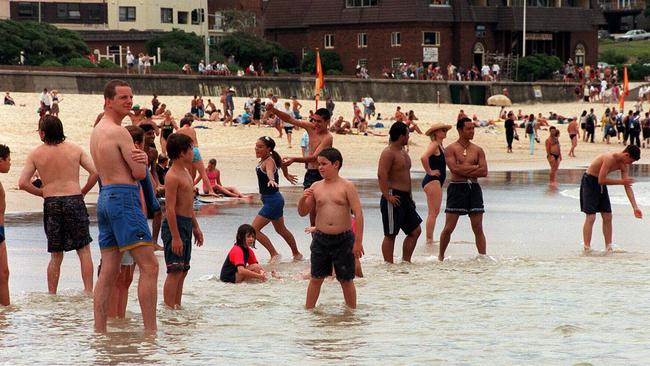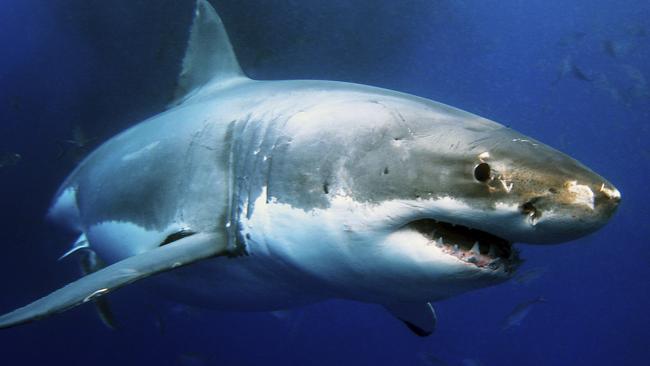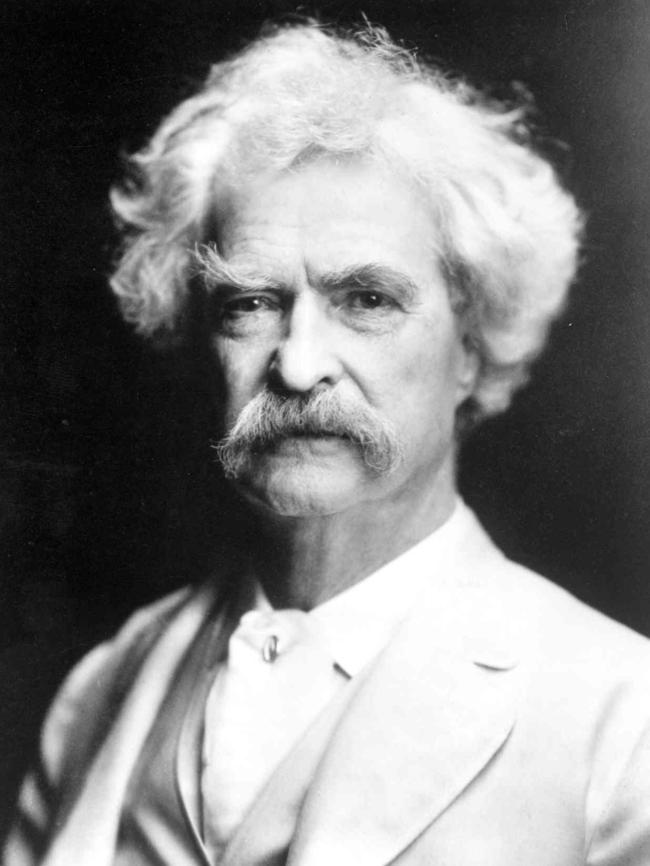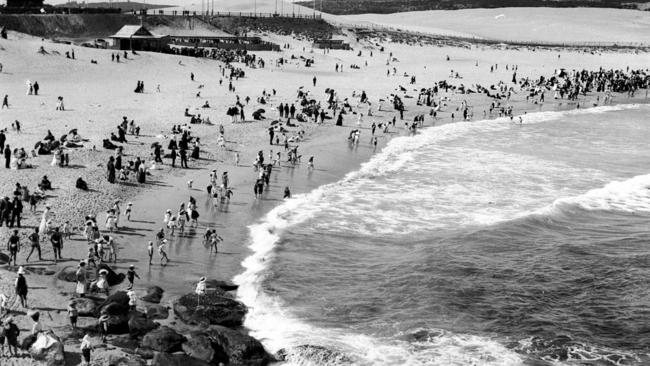Shark terror: Fatalities spiked in Sydney Harbour, on NSW beaches during 1920s and 1930s
WHILE shark attacks have risen to 15 per year in the past decade, the incidence of shark attacks and deaths was dramatically higher in the 1920s and ’30s.

Today in History
Don't miss out on the headlines from Today in History. Followed categories will be added to My News.
AFTER writing of a shark that “made swift work with the lives” of two boys on the Parramatta River in 1895, visiting American author Mark Twain made light of a government shark bounty. “To get the bounty the fishermen bait the hook ... with agreeable mutton,” he wrote. “The news spreads and the sharks come from all over the Pacific Ocean to get the free board.”
Although it took a few decades for word to get around the Pacific, Twain was perhaps prescient: shark attacks and fatalities in Australia, often along tourist beaches in NSW, peaked in the 1930s.
While the incidence of shark attacks has risen from an average of 6.5 per year from 1990-2000, to 15 per year in the past decade, the incidence of shark attacks and deaths was dramatically higher in the 1920s and ’30s, given Australia’s smaller population and more limited water recreation.

And just like the close encounter between Australia’s world champion surfer Mick Fanning and a great white this week, most dominated the headlines.
In Sydney, the 1930s opened with gruesome newspaper accounts of a shark attack at Balmain on Boxing Day, 1929.
“Seized by a 12ft shark while swimming near Bald Rock wharves at Balmain in Sydney Harbour, William Oakley, 17, of Balmain, was so badly injured that he died within five minutes,” newspapers reported.
Dozens watched as Oakley somehow managed to swim 18m to a launch, where friends dragged him from the water. “As he lay in the boat he said with a smile, ‘I’m done, he got me good’, and died,” reports noted.

Witnesses said Oakley was swimming in 8m-deep water when a shark attacked him from below. Oakley tried to beat the shark off, but he was dragged down again, losing an arm and a leg.
Another New Year’s Day report noted that Molly McNamara, 13, the victim of a brutal attack near Kyogle, on December 22, 1929, died on New Year’s Eve.
Dee Why surfer Frank Riley, 17, was the victim of a 5m “monster” in calm seas on March 12, 1934. Riley was bathing in view of his mates when a shark tore off his left leg at the hip. His mates dragged Riley to the clubhouse, where he died from massive blood loss.
“The shark tore off the whole of the lad’s left leg and buttock,” newspapers reported.
“When the shark seized him Riley made desperate efforts to break away, but the monster shook him like a dog, jerking him backwards and forwards.”
The Australian Shark Attack File, kept by Sydney’s Taronga Conservation Society, records 979 shark attacks in Australia since records began 224 years ago, in 1791. With 231, or about one quarter, of shark attacks being fatal, they claim an average of one life per year.
FANNING SHARK ATTACK: SURFER SURVIVES TO WITNESS HIS OWN WAKE
BALLINA SHARK ATTACK: MAN DIES AFTER BEING TAKEN AT SHELLY BEACH
Since Europeans landed at Kurnell in 1788, sharks claimed more than 40 lives in waters around Sydney by 1963. The first recorded shark fatality was in 1791 when an Aboriginal woman was “bitten in two” off Port Jackson.
The risk of sharks avenging those indecent enough to expose themselves while bathing at Coogee and Bondi raised the possibility of bathing enclosures in 1884.

“The sharks we cannot exterminate,” a newspaper opined. “They will continue to avenge the reckless folly which courts destruction, but they can be shut out, and a reasonable amount of pleasure be enclosed by fencing in liberal sea spaces to accommodate the majority of those who desire to wash and to bathe, and be cool and clean.”
During his visit Twain noted: “The people of Sydney ought to be afraid of the sharks, but for some reason they do not seem to be. On Saturdays the young men go out in their boats … with sharks visibly waiting around … Tragedies have happened more than once.
“While I was in Sydney it was reported that a boy fell out of a boat in the mouth of the Paramatta [sic] river and screamed for help and a boy jumped overboard from another boat to save him from the assembling sharks; but the sharks made swift work with the lives of both.”

As surf bathing became more popular from 1900, sharks regularly closed beaches at Manly, Bondi and Cronulla. Waverley Council was asked in February 1928 to consider an electronic shark siren and aerial patrols over Bondi Beach.
But until 1974, river estuaries including the Parramatta, Hawkesbury and lower Georges, and Botany Bay and Sydney Harbour were much more likely to be scenes of horrendous attacks than ocean beaches.
SWIMMING INTO THE JAWS OF DEATH
Jack Chalmers, champion belt swimmer of the state, swam out to rescue a boy who was fighting grimly for life with a huge shark off Coogee Beach and, assisted by Frank Beaurepaire Australia’s champion long-distance swimmer ... dragged him from the hideous jaws of death and swam with him to the shore.
By splashing wildly, the rescuers frightened the man-eater away from another attack. But when the boy was taken out of the water it was found both his arms had been practically bitten off. He died later in Sydney Hospital. His name was Michael Coghlan, 18, and he was one of the most popular members of the Coogee Surf Club.
— As reported in the Sydney Sunday Times, February 5, 1922.
Originally published as Shark terror: Fatalities spiked in Sydney Harbour, on NSW beaches during 1920s and 1930s


